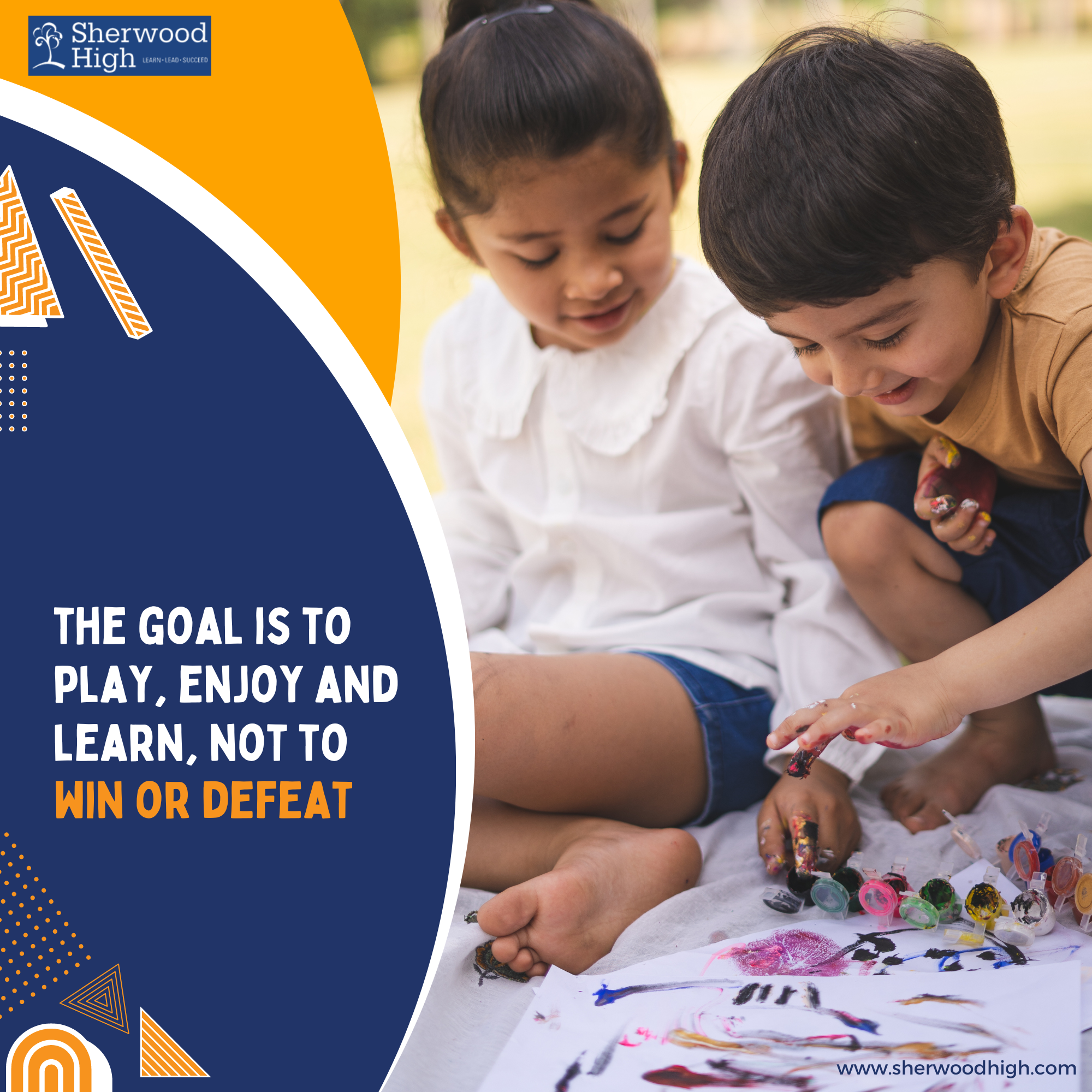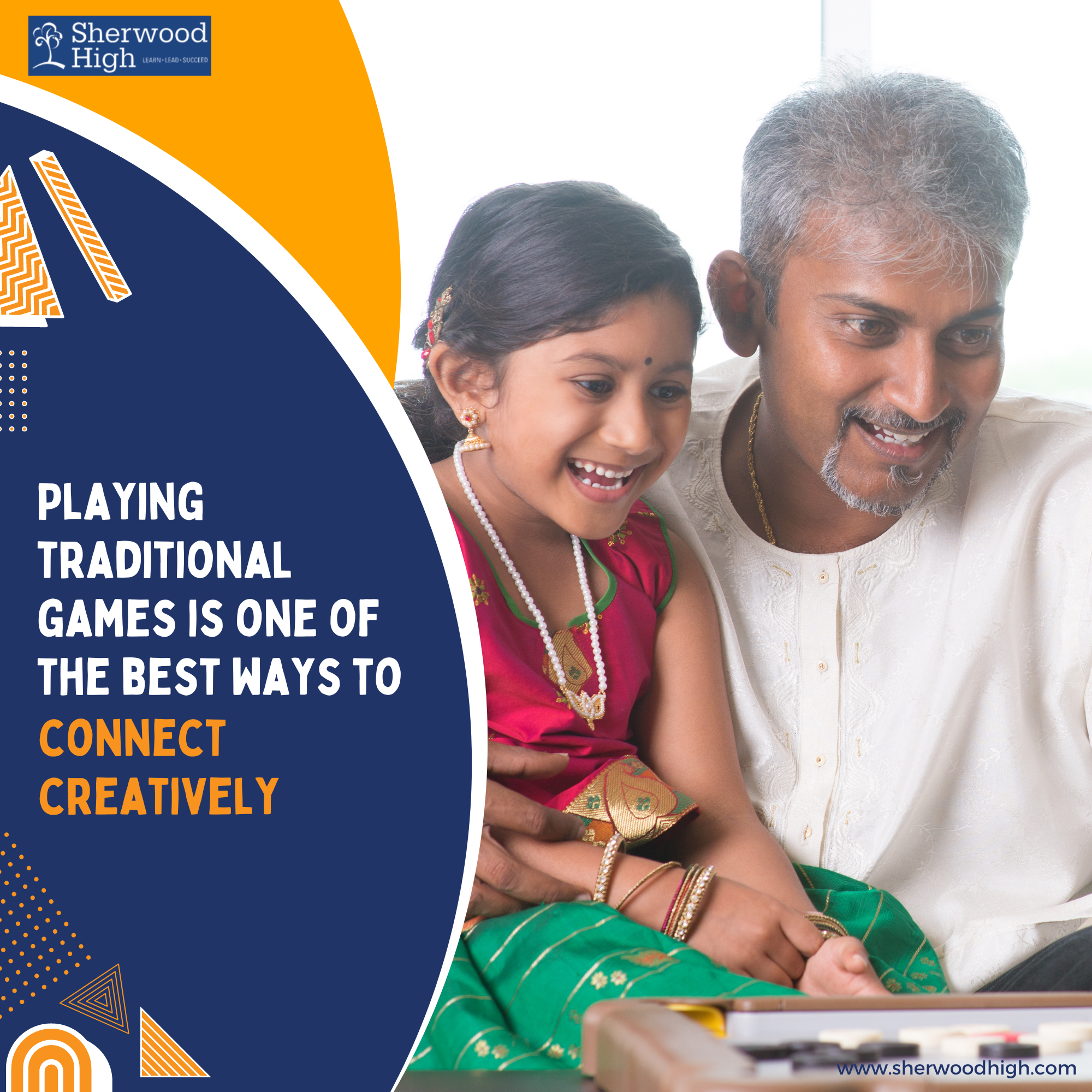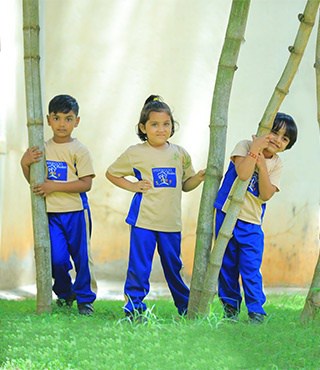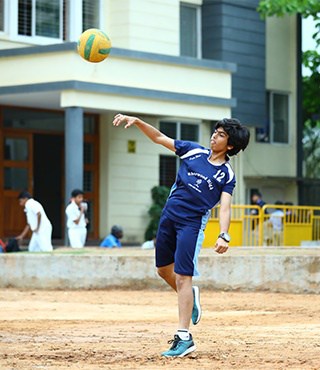
10 Best Activities for Children to learn through play
10 Best Activities for Children to learn through play
Learning the fun way
Playing is as important as academics for children to learn, so dedicating a good part of the day for playing goes a long way in the balanced development of children
Here are the 10 ways children can learn through play
Every child is a container of boundless and unique raw energy and this energy is best expressed through play, creativity and physical activities.
The potential that each child possesses is distinct and no other child has it in that exact formation, this is the reason why it is important to let each of them express and realise their potential in their own unique way.
Every child should have the freedom and the necessary environment to express the freedom through activities that he or she are naturally inclined to, while remaining within the bounds of safety and wellbeing.
The away a child sees the world and learns from his/her surroundings is different from their siblings or other children around them.
At an elementary age, children are most comfortable at and learn to best express their ideas through play and art. Younger children learn the best through play and these learnings stay with them through out their lives and form the foundation of their later learning.
This is the reason why, experts consider right to play as fundamental to the children’s balanced growth and well being. And this is the reason why the United Nations has enshrined playtime as a universal children’s right.
Among the key benefits of play include, increased powers of concentration, better analytical thinking, better creativity, sets the foundations for social interactions, better negotiation and problem solving, strengthening of the human bond, better expression and dialogue as well as overcoming of challenges.
Different types of play sets the foundation for balanced childhood development in terms of language skills, emotional intelligence and management as well as creative thinking and reasoning.
While designing the games and involving yourself in the play with children keep the following core elements in mind:
- Have no set goals – the goal is to play, enjoy and learn, not to win or defeat.
- Maintain an element of spontaneity.
- Keep the fun alive and make it more enjoyable rather than just competitive.
- Make sure the play involves active engagement of all participants.
- Maintain an element of make-believe.
Close to nature

We have been created with natural elements such as earth, water and all the minerals and material that are part of these two elements, so naturally children are inclined towards these natural elements. Children love to play with sand, water, clay, colours etc. They love to get dirty, so let them express themselves through these elements and resist your tendency to curtail their freedom of expression. Let them get dirty and be natural. Having said that, you have to keep an eye and set certain loose boundaries for them.
Sand play
Sand is a fantastic material to play with and learn from. Children love making sand castles and create their own imaginary world out of this wonderful material that is easily available.
If you don’t have a space at home where your children can play with a bag of sand, look for opportunities to take them to the beach, or a river bank where they can express themselves freely while the family has a good time picnicking in the natural environment.
Digging, Scooping, pouring, moulding and sifting helps children give shape to their imagination. It gives them an insight into how things work, while also building their muscles and coordination. When done along with siblings and friends the activity becomes about teamwork, sharing, and social skills.
Water games
Water games are as important as any play with natural material. Children love splashing around in water, but this needs a watchful and a safe environment as water brings an element of danger with it.
A sufficiently spacious bathroom is a good setting for water play. With little buckets, tumblers, water-guns and sprayers, children have great fun, while learning to use different implements. It helps develop hand-eye coordination, understanding of volume etc.
Play Dough
Soft, malleable and mouldable, play dough gets into any shape you want and is a firm favourite of children to play with and learn from.
It has a great potential for learning, while at the same time being extremely exciting. It helps strengthen tender fingers for a lifetime of writing and is best in developing deftness. It also teaches fine motor skills, creativity and hand-eye coordination.
The best thing about play dough is that it doesn’t need any special environment and can be used with any other item to add value to the play.
Role Play

Children love role play, they thrive in their imaginative world and love pretending to be a doctor, teacher, sports star, pilot etc.
Let them lose themselves in their imaginary world and run wild with their creativity. All you need to arrange is a bunch of dressing-up clothes and props such as toy doctor’s kits.
Children learn best from watching their surroundings and love to imitate the adults around them or what they see on screen. So, it helps to surround them with the right examples to emulate and soon you will see that they build their own make-believe world full of real life characters. Role play helps children make sense of the real world and begins building their foundation of real life responsibilities.
Doll Play
Dolls have been part of the human civilisation since ancient times. They are an important element of play in childhood and helps them relate with imaginary characters. It helps both the boys and girls develop their social sense. Playing with figurines and dolls helps sharpen imagination and expression.
Artful play
Drawing is easily the best creative activity for children and it is something most children love. It can also easily become family fun activity.
Letting children express themselves with colours, paints and drawing tools allows them to experience their world in a sensory way and develop self-expression, whilst also developing pre-writing skills.
Drawings could be done individually or as a group based on a single agreed theme. Participants can also take inspiration from each other’s works. This could be a great source of learning from each other.
Team games
At home, at school or in the play ground, team games are the best to bring out the true nature of the children. It’s when they learn how to coordinate and work together as a group. It also helps them show leadership and care for each other in the team. It teaches them to be part of a larger whole and find a role for themselves. More importantly, team games help develop various skills and work for a common goal together.
Board Games

There are plenty of board games available for every age. Board games are not just fun, but also have great learning potential. Apart from learning manoeuvring, counting, guessing, board games offers important lessons in turn taking and sharing. They also teach children to stay still and focus on a task. Board games are a great source to develop mental prowess and out-of-the-box thinking among children.
Fun Cooking
Helping children experiment with food is a nourishing way of adding spice to their life and help them learn about what they eat and appreciate the food that arrives in their plate everyday without any effort of theirs.
It is a great way of not just building greater bonds among family members but also help them learn important life skills.
To get them started, you can begin with the easy, ready-to-mix recipes and then move on to their favourite meals and then to something more complex like a pizza, a sandwich or whatever they love to make and eat.
Creative cooking is also a fun way to help children acquire the important skill of preparing their own food and helping them become independent as they grow up.
Family play
One of the best ways to connect creatively and learn together while having some fun is playing traditional games. It could be something as simple as ‘blindfold,’ treasure hunt or charades.
You can also explore games from different parts of the world. This will encourage creative thinking, exploring of different cultures and experimentation among the children as well as adults.
Conclusion
Play is an important source of learning for children and adults playing with children helps create memories for both children and parents, while it also helps adults relax and create a warmer atmosphere at home.
Whether you play with them or not, don’t stop children from playing or never consider it a waste of time. Play is the best time for children to have! Let them enjoy life while they can and learn the way they do best!






